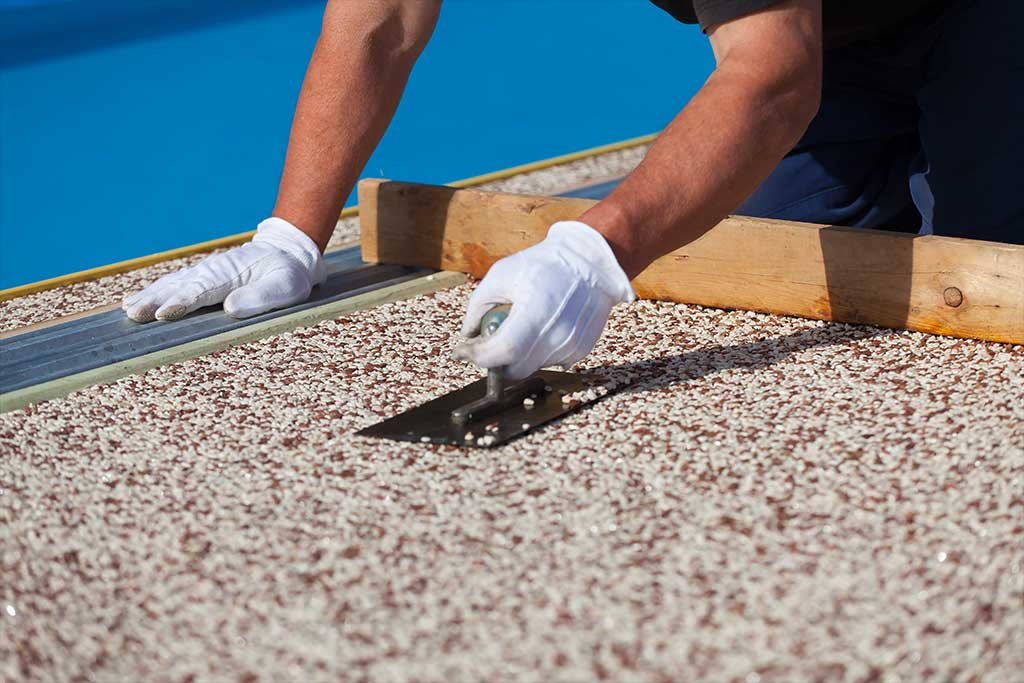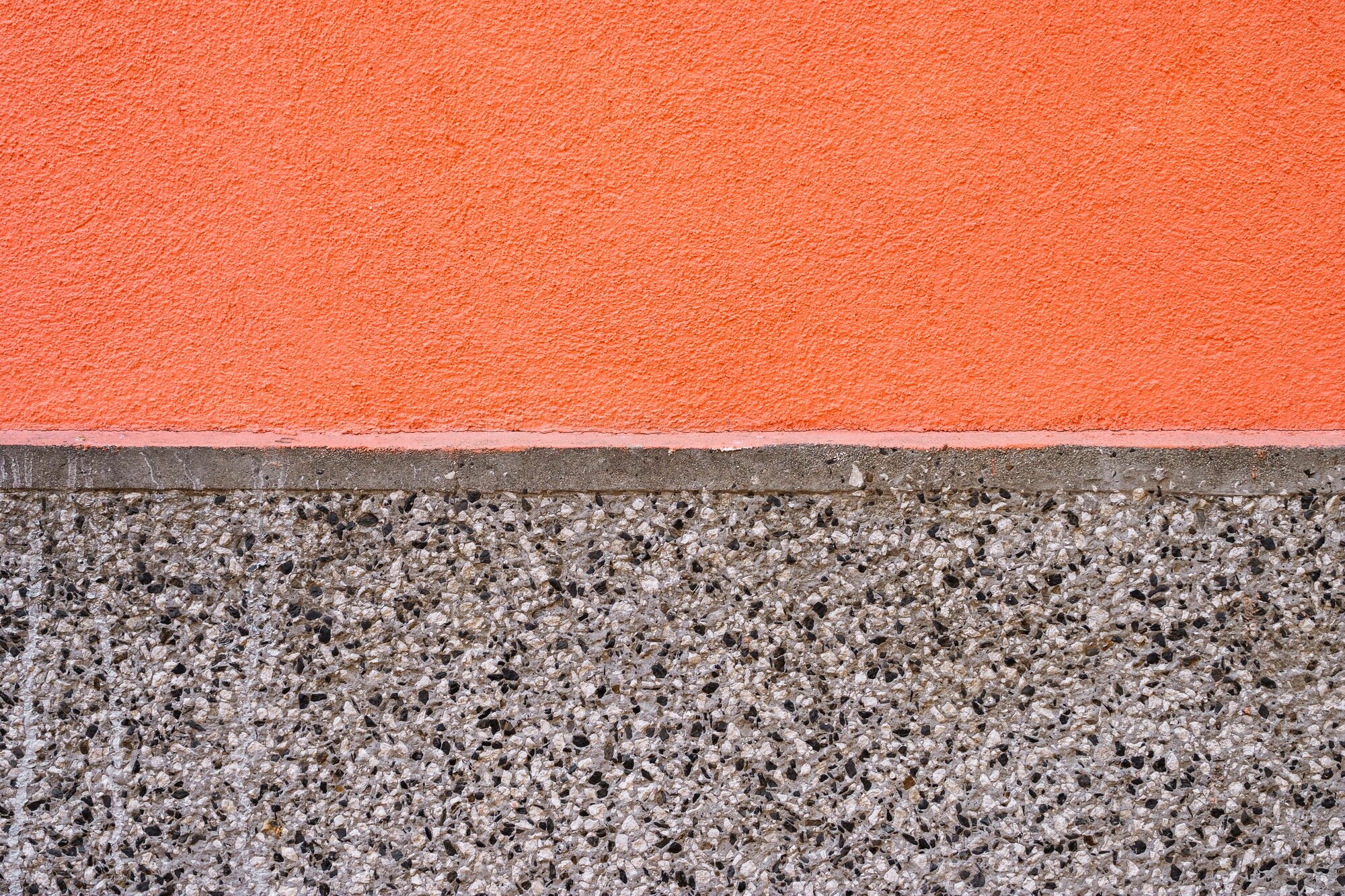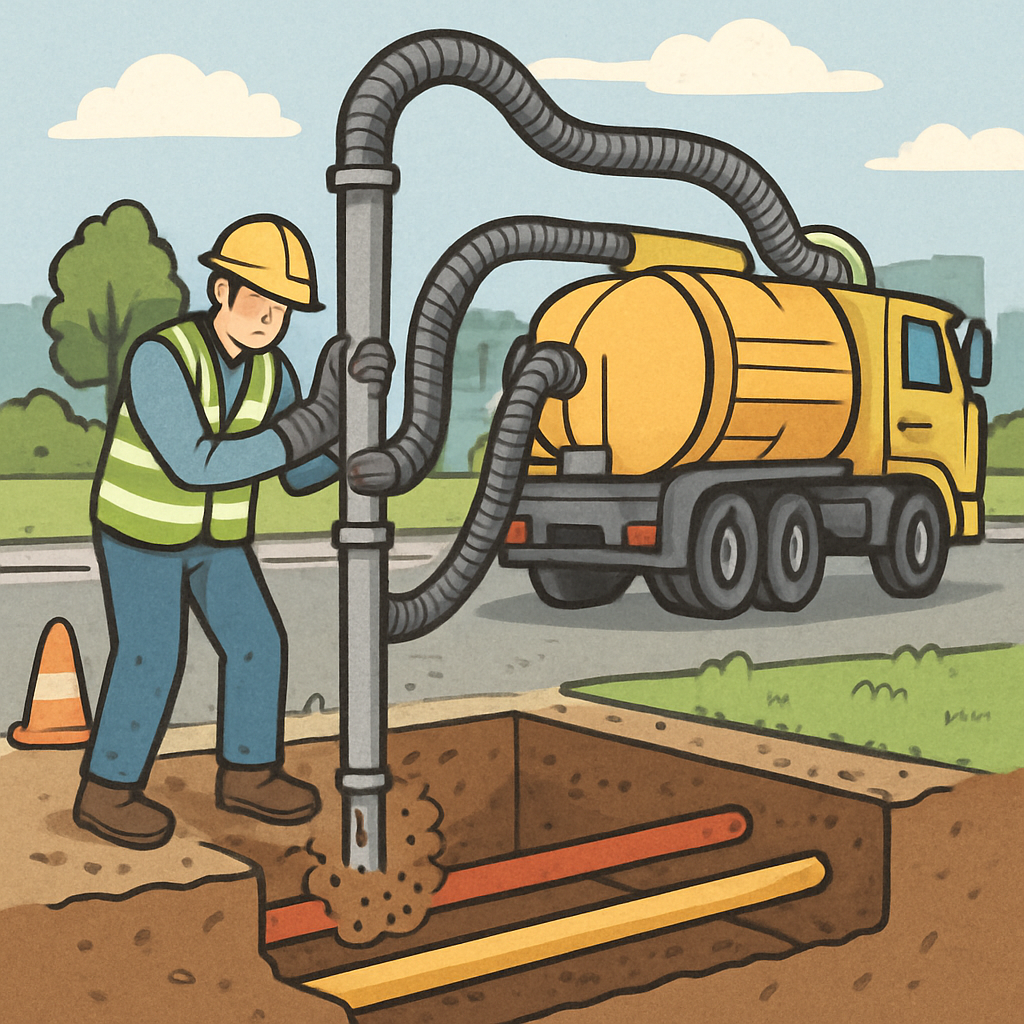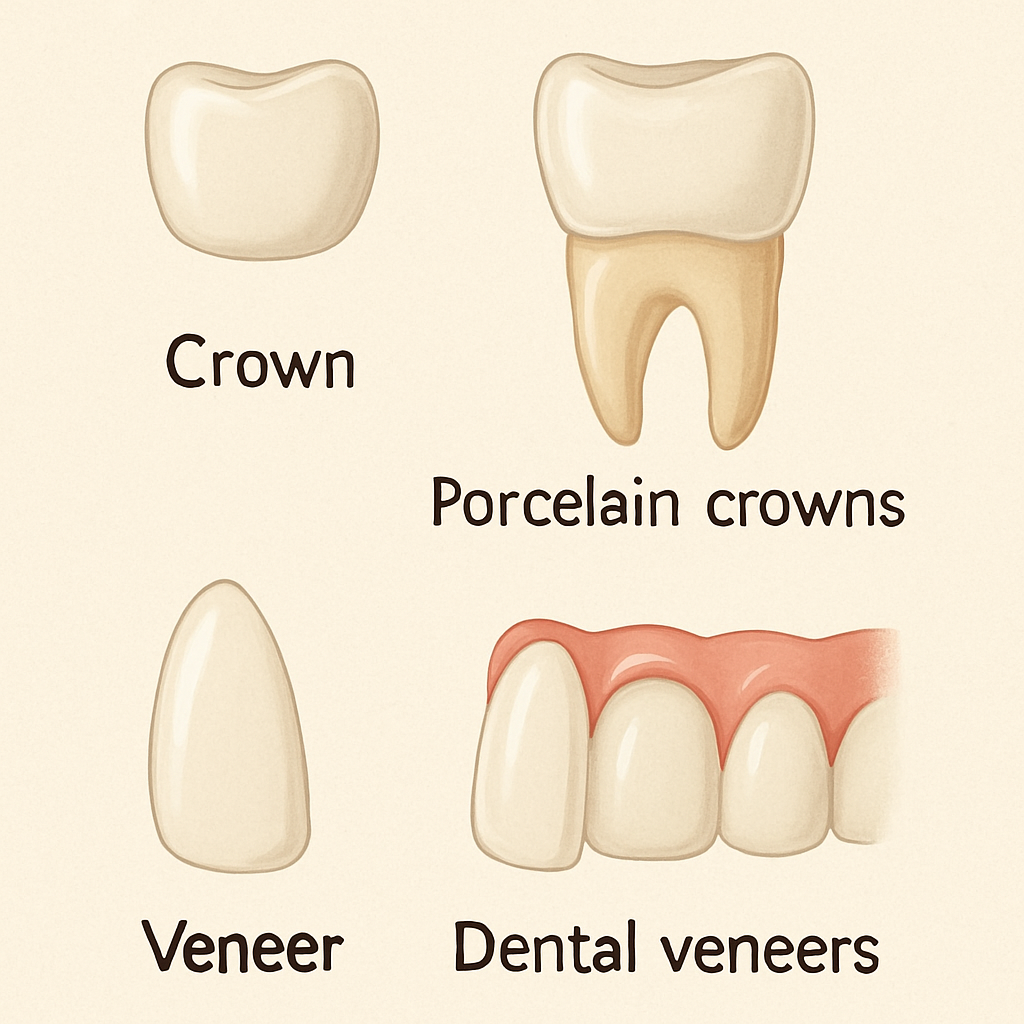Walkway porous paving is a topic that deserves our attention. It’s more than just a trend in outdoor flooring.
This innovative solution offers a host of benefits. It’s a game-changer for drainage solutions and sustainable landscaping.
But what exactly is walkway porous paving? It’s a type of paving that allows water to pass through it. This reduces water runoff and replenishes groundwater.
In this article, we’ll delve into the world of porous paving. We’ll explore the different materials available, installation techniques, and maintenance tips.
We’ll also highlight the environmental advantages of this paving method. Whether you’re a homeowner, a landscape architect, or an urban planner, this guide is for you.
Join us as we uncover the potential of walkway porous paving in creating sustainable and resilient outdoor spaces.

Understanding Porous Paving
Porous paving is a unique approach to outdoor flooring. It’s designed to allow water to permeate through the surface.
This is achieved by using specific materials and installation techniques. The result is a surface that can absorb rainwater and reduce runoff.
But why is this important? The answer lies in the environmental benefits of porous paving.
Let’s delve deeper into what walkway porous paving is and its environmental impact.
What is Walkway Porous Paving?
Walkway porous paving is a type of outdoor flooring. It’s used for walkways, driveways, and other pedestrian areas.
The key feature of this paving is its permeability. It allows water to pass through it, rather than pooling on the surface or running off.
This is achieved by using porous materials and a specific installation process. The result is a walkway that’s not only functional but also environmentally friendly.
The Environmental Impact of Porous Paving
Porous paving has a significant positive impact on the environment. It plays a crucial role in managing stormwater and reducing water pollution.
By allowing water to seep through, it reduces runoff. This prevents erosion and replenishes groundwater.
Moreover, porous paving can help mitigate the urban heat island effect. It absorbs less heat than traditional paving, keeping urban areas cooler.
Benefits of Walkway Porous Paving
Walkway porous paving offers several benefits. These range from environmental advantages to aesthetic appeal.
Firstly, it’s a powerful tool for effective water management. It also contributes to reducing the urban heat island effect.
Moreover, porous paving offers design flexibility. It can be customized to match the existing landscape design.
Let’s explore these benefits in more detail.
Effective Drainage and Water Management
One of the main benefits of porous paving is its ability to manage water effectively. It allows rainwater to seep through, reducing surface runoff.
This helps prevent flooding and erosion. It also replenishes groundwater, contributing to a healthier ecosystem.
Moreover, the natural filtration process improves water quality. It removes pollutants before they reach the groundwater.
Reducing Urban Heat Island Effect
Porous paving can also help reduce the urban heat island effect. This phenomenon occurs when urban areas become significantly warmer than their rural surroundings.
Traditional non-porous materials absorb and retain heat. Porous paving, on the other hand, reflects more sunlight and absorbs less heat.
This can help keep urban areas cooler, contributing to a more comfortable living environment.
Enhancing Aesthetics and Design Flexibility
Porous paving is not just functional, but also aesthetically pleasing. It offers a wide range of design options.
You can choose from different materials, colors, and patterns. This allows you to create a walkway that matches your landscape design.
Moreover, porous paving can be customized to fit any shape or size. This gives you the flexibility to create unique and attractive outdoor spaces.
Material Options for Porous Paving
When it comes to porous paving, there are several material options to choose from. Each has its own set of advantages and considerations.
The most common materials include permeable concrete, porous asphalt, and plastic grids. Other alternatives also exist, such as permeable interlocking concrete pavers and resin-bound paving.
Let’s delve deeper into these options.
Permeable Concrete and Asphalt
Permeable concrete and porous asphalt are popular choices for porous paving. They are durable and can withstand heavy traffic.
These materials are made with fewer fines, allowing water to pass through easily. They also offer a traditional look that many property owners prefer.
However, they require professional installation and regular maintenance to prevent clogging and ensure longevity.
Plastic Grids and Other Alternatives
Plastic grids are another option for porous paving. They are filled with gravel or grass, creating a sturdy yet permeable surface.
These grids are lightweight, easy to install, and require less maintenance than concrete or asphalt. They are also a more eco-friendly option as they can be made from recycled plastic.
Other alternatives include permeable interlocking concrete pavers and resin-bound paving. These offer a balance between permeability and load-bearing capacity.
Installation and Maintenance Considerations
Installing porous paving requires careful planning and preparation. The process may vary depending on the material chosen and the specific site conditions.
A well-designed base and sub-base are crucial for the effectiveness of porous paving. The base should be compacted and leveled to ensure proper drainage.
Edging and stabilization are also important to maintain the integrity of porous walkways. These elements prevent the paving from shifting or degrading over time.
Professional assessment is recommended for proper installation and performance. This ensures that the paving is installed correctly and will function as intended.
Preparing for Installation
Before installing porous paving, it’s important to consider the local climate and soil type. These factors can influence the choice of material and the installation process.
For instance, in cold climates, certain porous materials may be susceptible to freeze-thaw cycles. In such cases, more durable materials or special installation techniques may be required.
It’s also important to comply with local regulations and guidelines when planning a porous paving project. This can include obtaining necessary permits or adhering to specific design standards.
Long-Term Maintenance Tips
Maintaining porous walkways involves regular cleaning to prevent clogging. This can be done using a pressure washer or a specialized vacuum sweeper.
It’s also important to monitor the paving for signs of wear or damage. If any issues are detected, they should be addressed promptly to prevent further deterioration.
Finally, consider the warranty or guarantee offered by the manufacturer or installer. This can provide peace of mind and protect your investment in the long term.
Case Studies and Real-World Examples
There are numerous examples of successful porous paving installations around the world. These case studies demonstrate the practicality and benefits of this sustainable outdoor flooring solution.
For instance, many urban parks have incorporated porous walkways into their design. These walkways not only enhance the aesthetic appeal of the park but also contribute to effective water management and biodiversity.
In residential settings, homeowners have used porous paving to create beautiful and functional paths. These installations have improved drainage, reduced water runoff, and added value to their properties.
Conclusion: The Future of Sustainable Walkways
Walkway porous paving is more than just a trend. It’s a sustainable solution that addresses multiple environmental challenges while enhancing the aesthetics of outdoor spaces.
As we move towards a more sustainable future, porous paving will undoubtedly play a significant role in shaping our urban landscapes.








